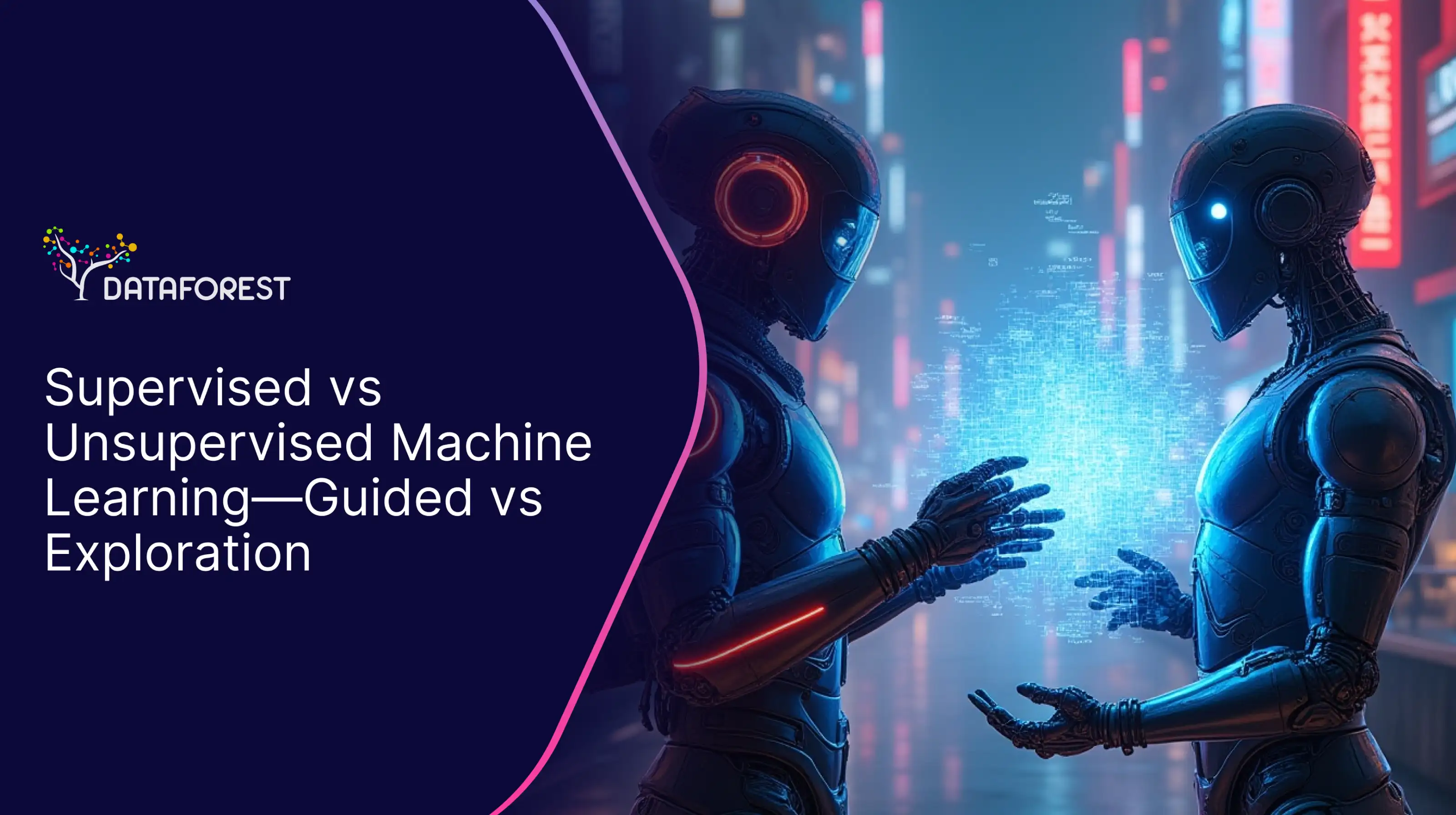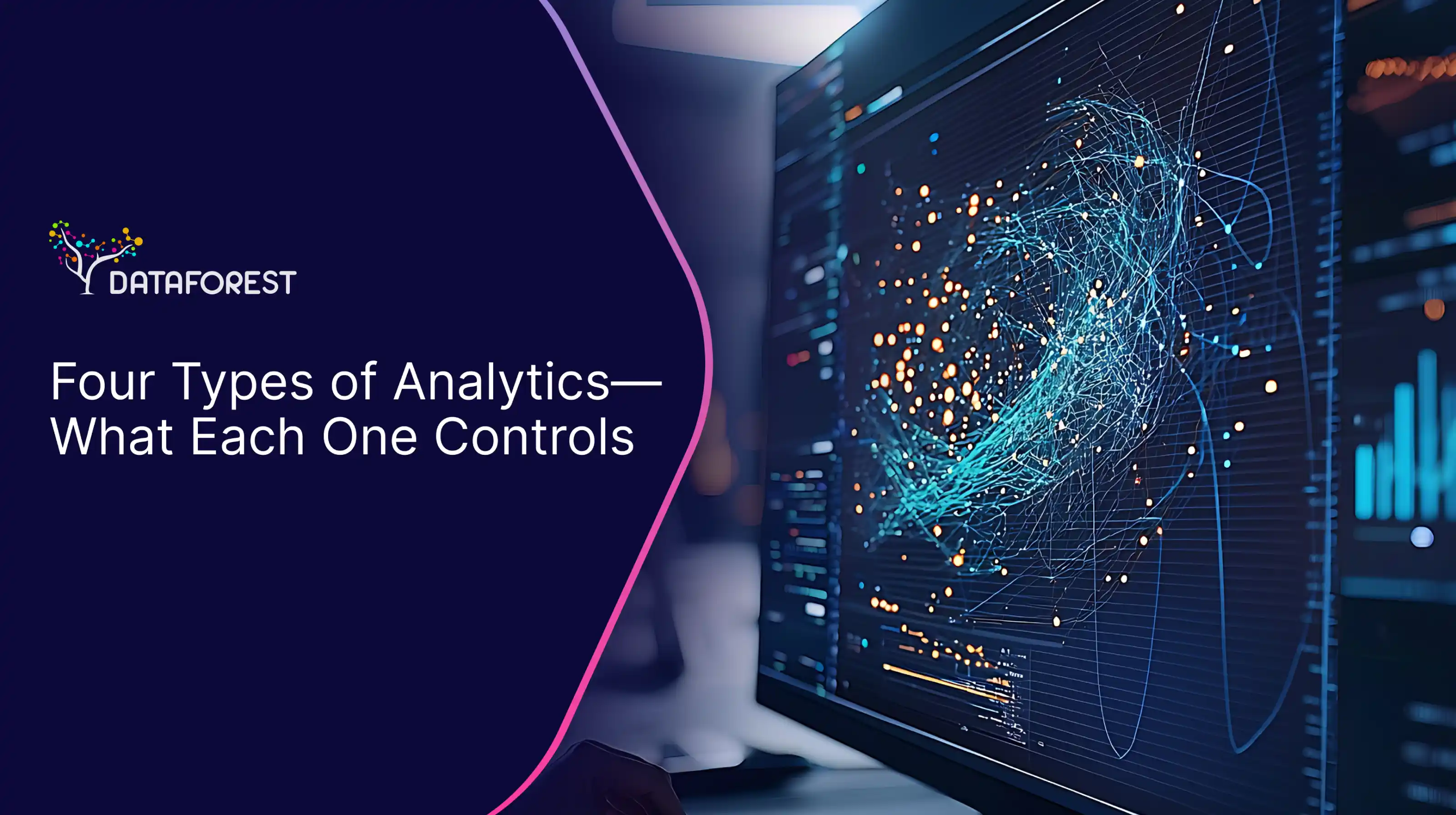The New York City Police Department (NYPD) leveraged data science to improve crime prevention. They collected extensive crime data, including locations, times, and types of incidents. Data cleaning and preprocessing were critical to ensure the accuracy of the information. Data analysis revealed patterns and hotspots of criminal activity.
Machine learning algorithms were applied to predict where and when crimes were likely to occur. The results were shared with law enforcement agencies, and patrol officers received real-time recommendations. As a result of the data science process, crime rates in New York City significantly decreased.

The Data Scientist’s Path to Analytic Leadership
Transforming Data into Decisions
Understanding the data science process is about grasping the systematic journey of converting raw data into valuable insights. It calls for data science steps such as defining objectives, gathering and cleaning data, building predictive models, and communicating findings. It's transforming data into knowledge, enabling data-driven decisions in various fields.
Key Objectives of the Data Science Process
- Gathering data from diverse sources, ensuring it's relevant and comprehensive.
- Preprocessing and cleaning data to address missing values and errors.
- Analyzing data to identify patterns, trends, and anomalies.
- Creating variables to enhance the quality and usefulness of data for modeling techniques.
- Constructing predictive models, often using machine learning algorithms.
- Implementing models into real-world applications to make automated decisions.
- Conveying data science process findings to stakeholders clearly and understandably.
Iteration for Success
Data science processes are iterative, it’s a fundamental aspect.
- As you progress, you often discover new insights and challenges. It prompts refinement in data collection, cleaning, and model building.
- Real-world data is dynamic, and models can become outdated. Regular feedback from model performance in the field or with new data leads to adjustments and updates.
- Iteration allows data scientists to fine-tune models and improve their accuracy over time. This ongoing process is crucial for maintaining the relevance of solutions.
- Objectives may evolve as more is learned from the data, requiring adaptation in the analysis and modeling strategies.
- Data exploration reveals new questions and avenues to investigate, which is why data scientists revisit and refine their approaches.
The data science process resembles a feedback-driven, adaptive loop, with each cycle building on the previous one.
The Shaping of the Data Science Process
Data science process steps have been shaped by integrating various disciplines such as statistics, computer science, and domain expertise.
The importance of Clearly Defining
- Everyone involved in the project understands the objectives and the desired outcomes.
- It prevents you from working on irrelevant tasks and keeps the project focused.
- Measurable success allows you to establish criteria.
- Clear problem definition helps in aligning the efforts of various stakeholders.
- A well-defined problem is easier to solve in the data science process.

What is a Well-Defined Problem Statement
- Frame the problem as a question.
- Avoid ambiguity in a data science process.
- How will it benefit your team?
- Ensure that the problem is solvable with the available data and resources.
- Collaborate with domain experts, business leaders, and end-users.
- Consider the impact of solving the problem, both business value and UX.
- Establish measurable success metrics and KPIs.
- Understand that the problem definition is flexible.
It ensures you solve a problem that's genuinely significant and beneficial with a data science process.
Data Collection
Data can be sourced from many places, including databases, web APIs, sensor networks, social media platforms, or manual data entry. In the data science process, the relevance of collected data is tied to how effectively it addresses the defined problem. To ensure high-quality data, best practices in collecting data encompass rigorous data verification, which includes cross-referencing and validation checks to ensure accuracy and meticulous record-keeping to maintain data reliability. Ethical aspects in the data science process entail obtaining user consent, respecting data usage rights, and adhering to privacy regulations such as GDPR and HIPAA.
Data Cleaning and Preprocessing
Data often arrives raw, with missing values, duplicates, and outliers. In data science, cleaning and preprocessing techniques are vital to ensure that the dataset is consistent, complete, and error-free. This stage acts as the data's quality control, with preparation data for subsequent analyses. Standard techniques include imputing missing values, handling duplicates, smoothing outliers, and standardizing data to ensure it is on a consistent scale. Data cleaning can be an iterative process, requiring constant checks and adjustments to maintain quality during the data science process.
Exploratory Data Analysis (EDA)
EDA guides the data science process. It requires a holistic examination of data, relying on visualization techniques like histograms, scatter plots, and box plots to uncover patterns, anomalies, and relationships within the data. Summary statistics and correlation analyses help paint a clearer picture of the data's characteristics, unveiling its hidden intricacies. EDA is also about posing questions and hypotheses based on initial observations due to the data science process. It includes advanced techniques like clustering and dimensionality reduction to further explore data structures.
Feature Engineering
Feature engineering is the craft of shaping raw data into valuable predictors for models in the data science process. Techniques span from one-hot encoding to handle categorical variables, scaling to standardize data, and creating interaction terms to capture complex relationships within the dataset. This phase of the data science process is akin to sculpting raw data into the precise inputs a model requires to make predictions or classifications. Feature engineering also involves domain-specific knowledge to create new features that encapsulate relevant information for the problem. It is a creative process that may require experimentation with various feature transformations and selections.

Model Building
Model selection in the data science process revolves around choosing the most suitable algorithms for the problem. Once models are selected, they are trained on the prepared dataset. Model evaluation is paramount, with performance metrics like accuracy, precision, recall, and the F1 score providing a basis for assessment. Hyperparameter tuning refines models for better performance. Model building is also a creative process where data scientists can experiment with different models and techniques to optimize results. This data science process stage calls for ensemble methods, which combine multiple models to improve predictions, and deep learning for complex tasks like image and natural language processing.
Model Deployment
Successful models are deployed for real-world applications. Deployment methods range from integrating models into existing software or applications to exposing them as APIs for easy integration into various platforms due to the data science process. Critical considerations include ensuring scalability to handle varying loads, model security to protect sensitive data and prevent adversarial attacks, and version control to manage model updates efficiently. Model deployment for the data science process is a bridge between data science and operational use, making the results of data analysis actionable. The deployment phase involves containerization technologies like Docker and orchestration tools like Kubernetes for efficient scaling and management.
Monitoring and Maintenance in the Data Science Process
The lifecycle of a deployed model doesn't end with deployment — it requires constant vigilance. Continuous monitoring in the data science process helps detect drift, where the model's performance deteriorates due to changes in the data distribution. Regular maintenance ensures that models remain accurate and aligned with the latest data, business objectives, and user needs. Model monitoring includes setting up alerting systems to detect issues and deploying retraining workflows to keep models current. The ongoing data science process is the key to the effectiveness of data-driven solutions over time and ensuring that they continue to provide value. Monitoring also extends to system administration, data pipeline management, and regular security audits to keep the entire data science infrastructure robust.

Engineering the Future
The data science process is the cornerstone of turning raw information into valuable insights, driving informed decision-making, and fostering innovation in various domains. DATAFOREST, an experienced engineering company adept at implementing this process, demonstrates its commitment to harnessing the power of data to meet evolving challenges, optimize operations, and remain at the forefront of technological advancement. Please complete the form, and we'll take you through a data science process.
FAQ
Why is problem definition considered the first step in the data science process?
Problem definition is the cornerstone of the data science process because it establishes the purpose, scope, and objectives of a project, providing a clear roadmap for subsequent stages, and it ensures that data science efforts are focused on addressing a specific issue, making the entire process more efficient, effective, and aligned with organizational goals.
What considerations are involved in deploying machine learning models in real-world applications during the data science process?
Deploying machine learning models in real-world applications necessitates ensuring scalability to accommodate varying workloads and user demands and addressing model security to safeguard sensitive data and protect against potential adversarial threats. Version control is also a crucial step to manage model updates and ensure continuous performance improvements.
How can the data science process add value to our business operations and strategy?
The data science process adds value to business operations and strategy by uncovering actionable insights from data, enabling data-driven decision-making, enhancing operational efficiency, and ultimately driving revenue growth through more informed, targeted strategies that align with evolving market dynamics and customer needs.
What are the primary steps involved in a typical data science project lifecycle?
A typical data science lifecycle includes stages such as problem definition, data collection, data preprocessing, exploratory data analysis, model building, model evaluation, deployment, and ongoing monitoring and maintenance, with each step playing a crucial role in extracting meaningful insights from data and translating them into actionable solutions.
How do we ensure data quality and integrity throughout the data science process?
Maintaining data quality and integrity throughout the data science process involves rigorous data cleaning and preprocessing techniques to address missing values, outliers, and inconsistencies, coupled with regular quality checks and validation procedures, ensuring the accuracy and reliability of the dataset at each stage of analysis.
How long does it usually take to go from data collection to actionable insights?
The time to go from data collection to actionable insights in a data science project can vary widely depending on factors such as the complexity of the problem, the volume of data, the quality of data, and the sophistication of the analysis, but typically, it may range from several weeks to a few months.
What are the key considerations for integrating data science insights into our business processes?
Integrating data science insights into existing business processes requires a seamless transition plan that ensures minimal disruption while maximizing the value derived from the insights, and it's crucial to foster a culture of data-driven decision-making. It provides adequate employee training and establishes clear communication channels to facilitate the effective implementation of data-driven strategies and recommendations.
How do we address potential biases in the data or modeling process?
To address potential biases in data or the data modeling process, it's essential to conduct thorough bias assessments, including exploring demographic and contextual biases, and actively seek diverse perspectives and domain expertise when defining problem statements and during model evaluation to identify and mitigate bias at various stages of the data science process. Employing techniques like re-sampling, re-weighting, and fairness-aware algorithms can help reduce bias in model predictions.
Can the data science process help forecast future business trends and customer behaviors?
Yes, the data science process is a powerful tool for forecasting future business trends and customer behaviors by analyzing historical data patterns, developing predictive models, and using those insights to make informed decisions that anticipate market shifts and align strategies with changing customer preferences and behaviors.
How often should our business re-evaluate or update our data science models to ensure relevancy and accuracy?
Businesses should re-evaluate and update their data science models regularly, with the frequency depending on the dynamic nature of the problem and the rate of data change, typically ranging from every few months to annually, to maintain relevancy and accuracy as the business landscape and data distribution evolve over time.







.svg)


%20(1).webp)















